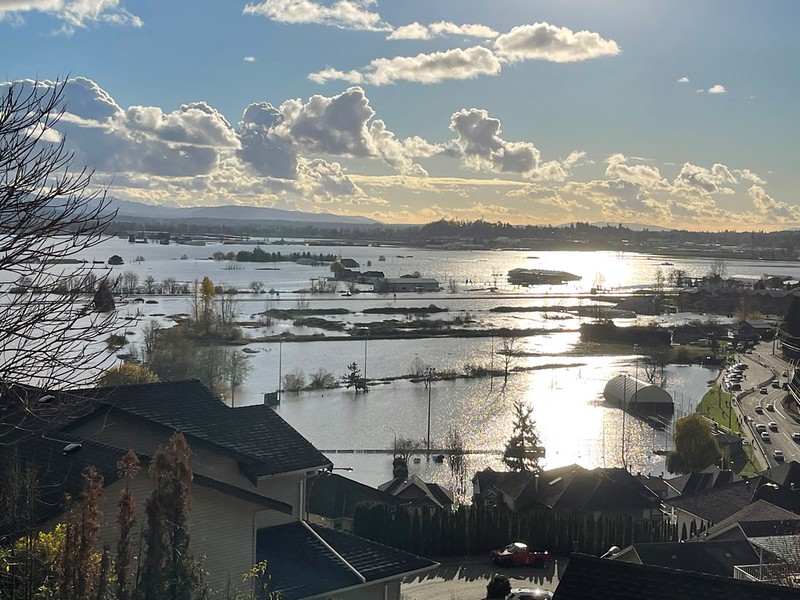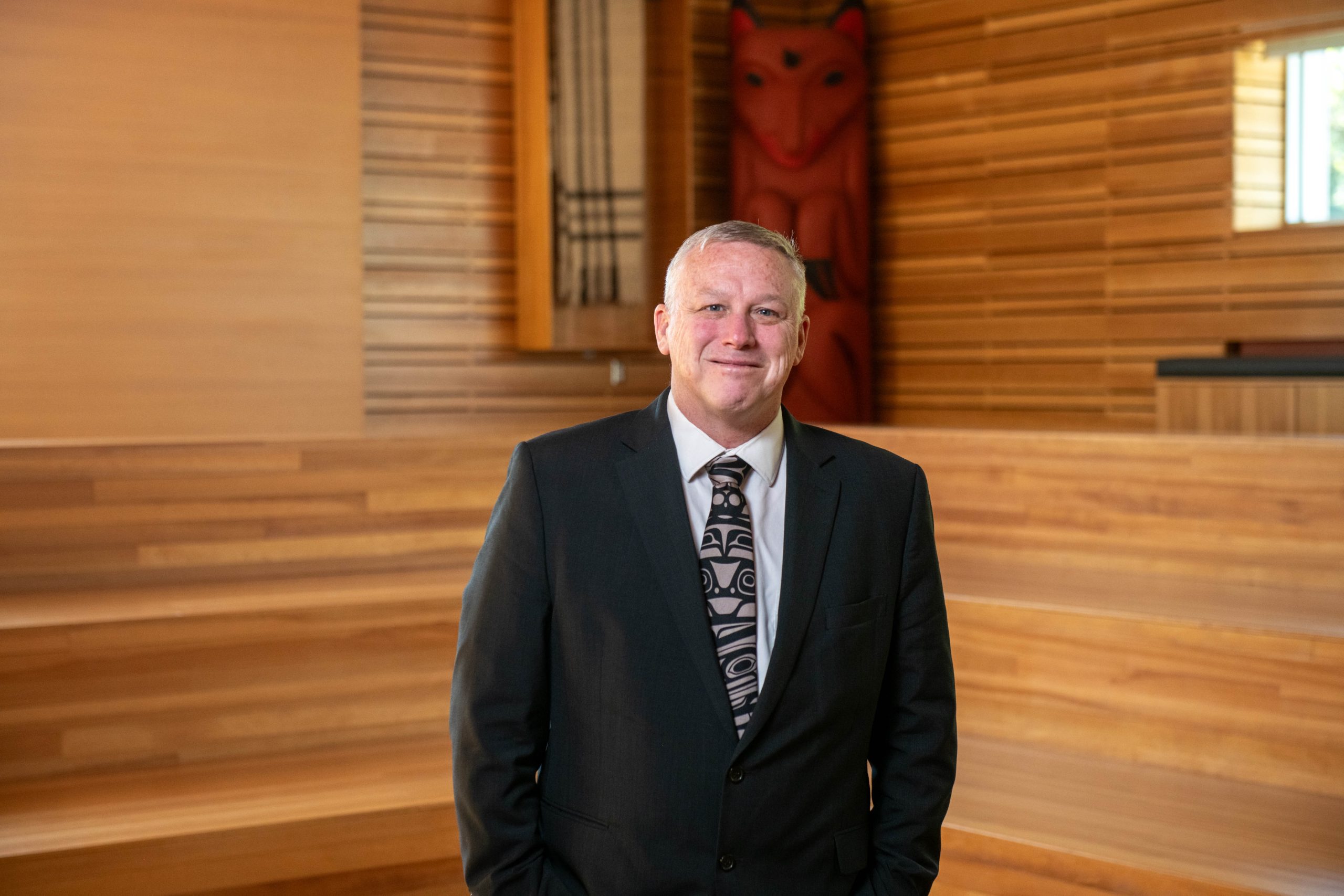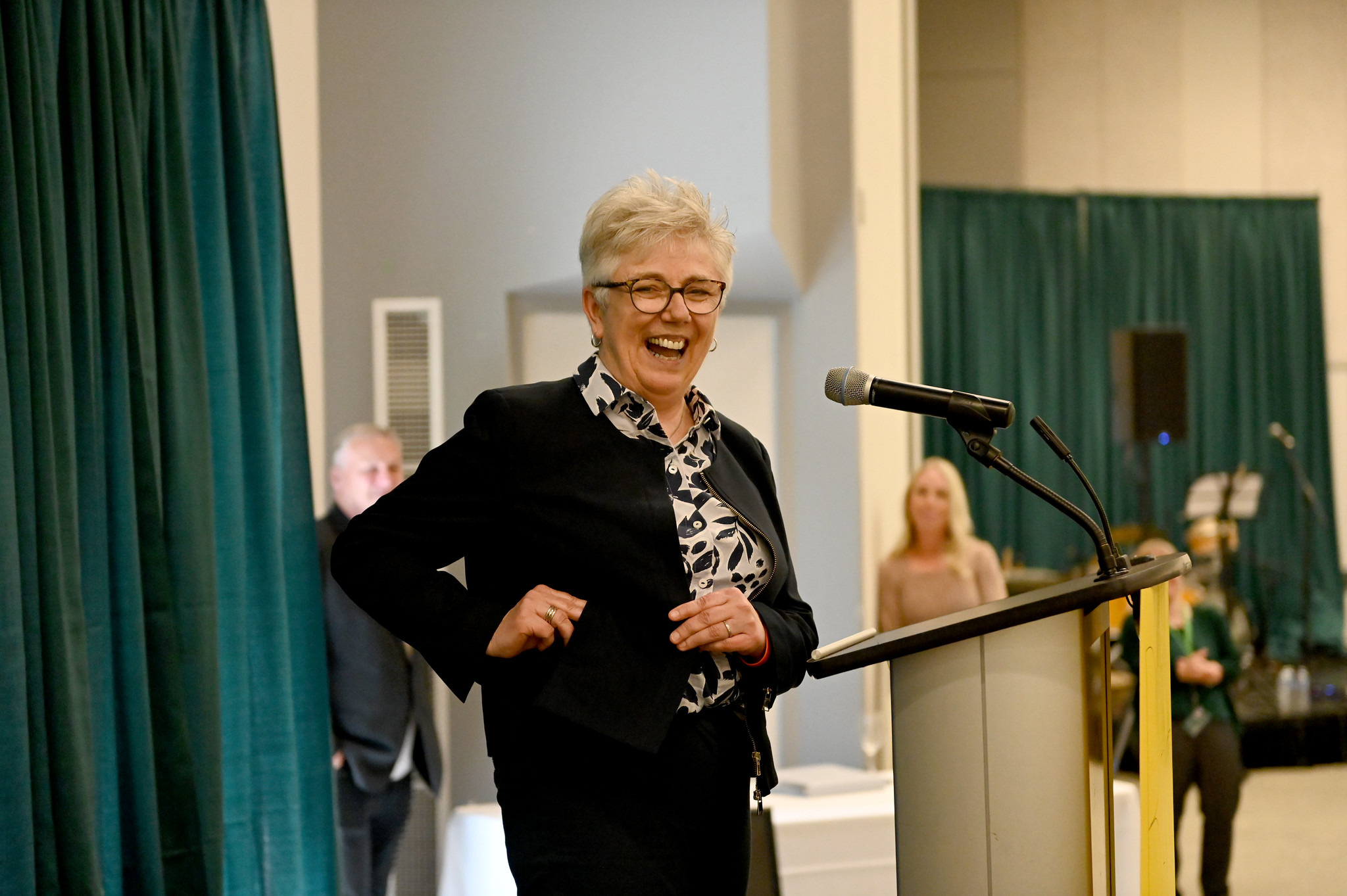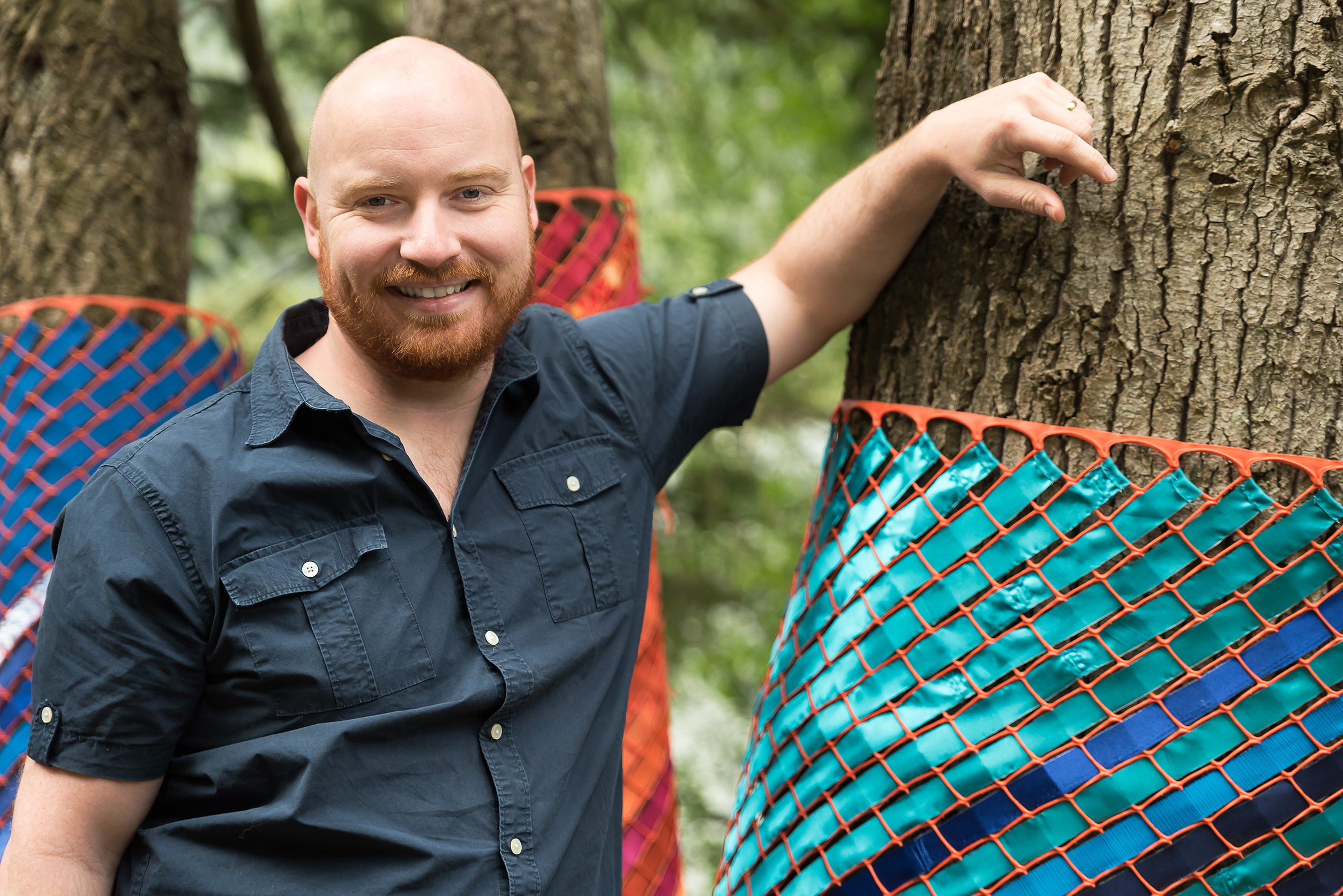UFV researcher Sumin Fang studying government emergency communication during 2021 flood
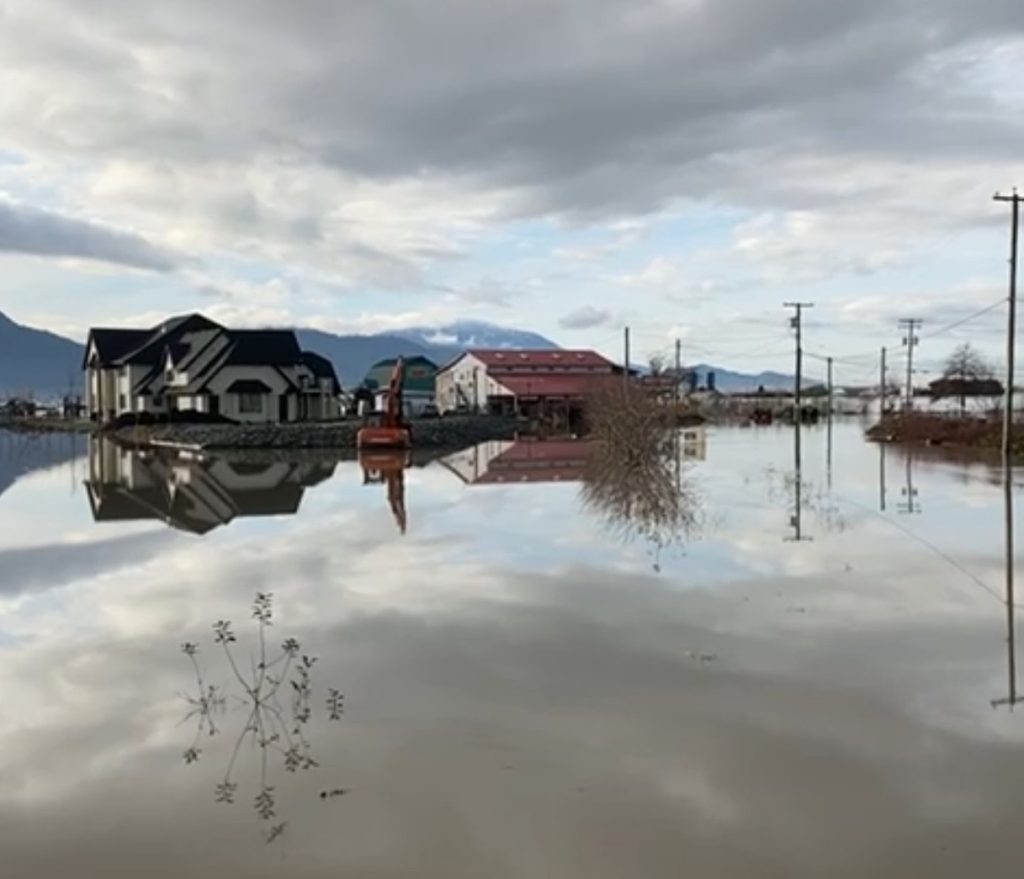
When Dr. Sumin Fang first heard about the 2021 flood on the Sumas Prairie, word came to her through unofficial channels.
“One of my colleagues was driving to Abbotsford from Maple Ridge and saw pumpkins floating in a farm field. Then some of my students told me they could not come to class because their farms were flooding and they had to help try to rescue the cows.”
Fang, who had experienced two floods in her home city in China, was immediately concerned. But she was also interested from a professional point of view. She is an assistant professor of communication at the University of the Fraser Valley who specializes in crisis communication.
So she decided to design a research project about how local government handled communication during the crisis.
“As a communication scholar with experience and expertise in crisis communication, I wanted to help,” she says. “I saw how this natural disaster caused both mental and financial stress in my colleagues and students.”
Her study, Best Practices for Disaster Evacuation in Canada: A Mixed Model Approach to Governmental Evacuation Communication in the Abbotsford Flood Emergency, has received a $75,000 Insight Development Grant from the Social Sciences and Humanities Research Council.
Fang and her research assistants will conduct interviews with residents from Sumas Prairie who were evacuated and measure their perceptions about government communication during the crisis. The team will share the research findings with the City of Abbotsford.
“I am very grateful to SSHRC for the funding and for the opportunity to conduct this research,” says Fang. “I like this project because it tackles a local community problem, and it gives me the opportunity to connect with the communities that UFV serves. I am glad I can use this opportunity to apply my training in crisis communication to help with a practical problem. I am looking forward to getting to know the farmers and hearing about their lives, concerns, and connections to the land.”
